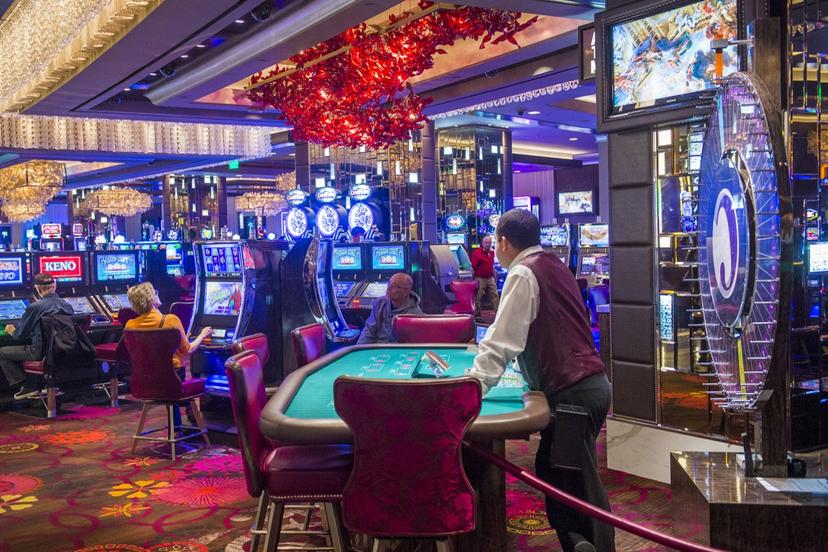Casinos and Casino Hotels

Overview
People have placed wagers on games of chance as a form of recreation since the dawn of time. In the United States, the modern era of commercial gaming began in 1931, when the state of Nevada legalized commercial casino gambling.
There are five types of legal gaming in the United States: commercial casino gaming, Native American gaming, pari-mutuel wagering, charitable gaming, and lotteries. Of these types, only commercial casino gaming, Native American gaming, and pari-mutuel wagering are directly related to casinos and casino hotels. Charitable gaming includes games run by nonprofit organizations as part of fund-raisers, and lotteries are administered by state governments.
The American Gaming Association (AGA) defines a commercial casino as a “private-sector establishment—whether land-based, riverboat, dockside, limited-stakes, or racetrack casino—that offers games of chance and is regulated and taxed by the state where it is located.” Hotel casinos consist of a commercial casino and a hotel (and typically include restaurants, bars, retail shops, entertainment venues, and other amenities to attract tourists). Casinos are owned and operated by individuals, states and other municipalities, Native American tribes, and corporations.
The commercial casino industry plays an important role in the U.S. economy. The AGA reports that “there are few sectors in our national economy that require such considerable capital expenditures, are as labor intensive, and are as supportive of thousands of outside vendors and suppliers as the commercial casino industry.” In 2018, gross gaming revenues in the commercial casino industry reached a record $41.7 billion, according to State of the States 2019: The AGA Survey of the Commercial Casino Industry. This was a 3.5 percent increase from 2017. According to the AGA, the commercial casino industry employed more than 361,000 people and paid wages of $17.42 billion in 2017. Including indirect jobs, this figu...
